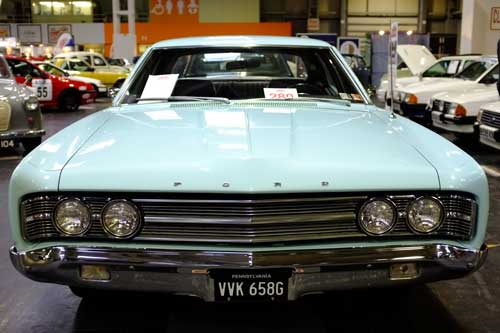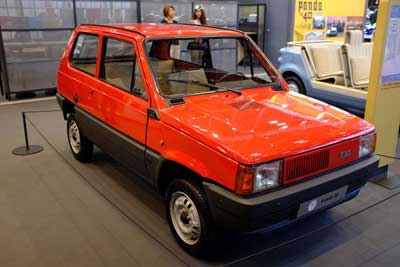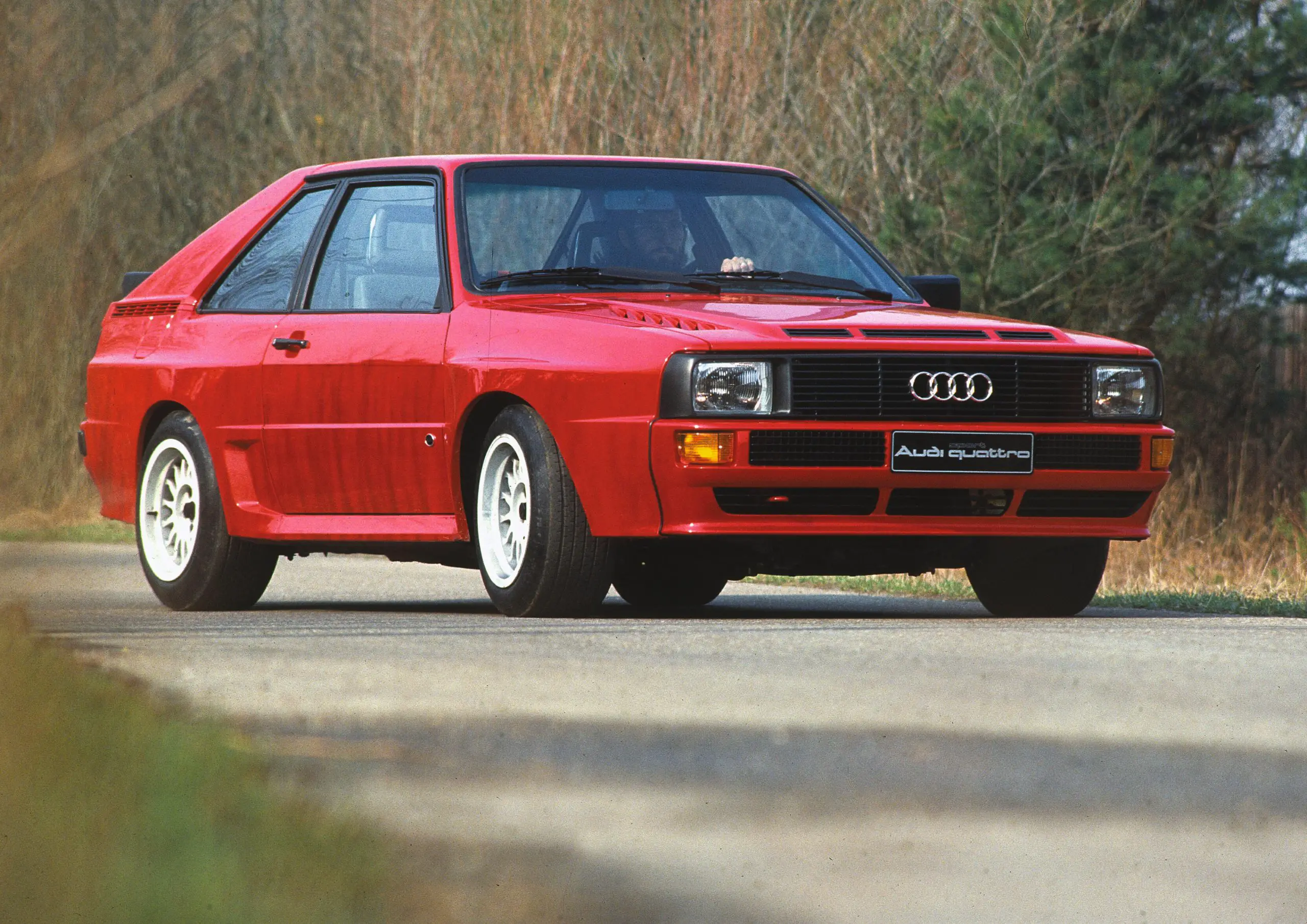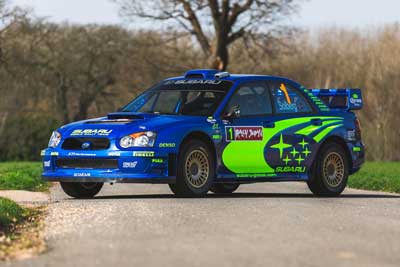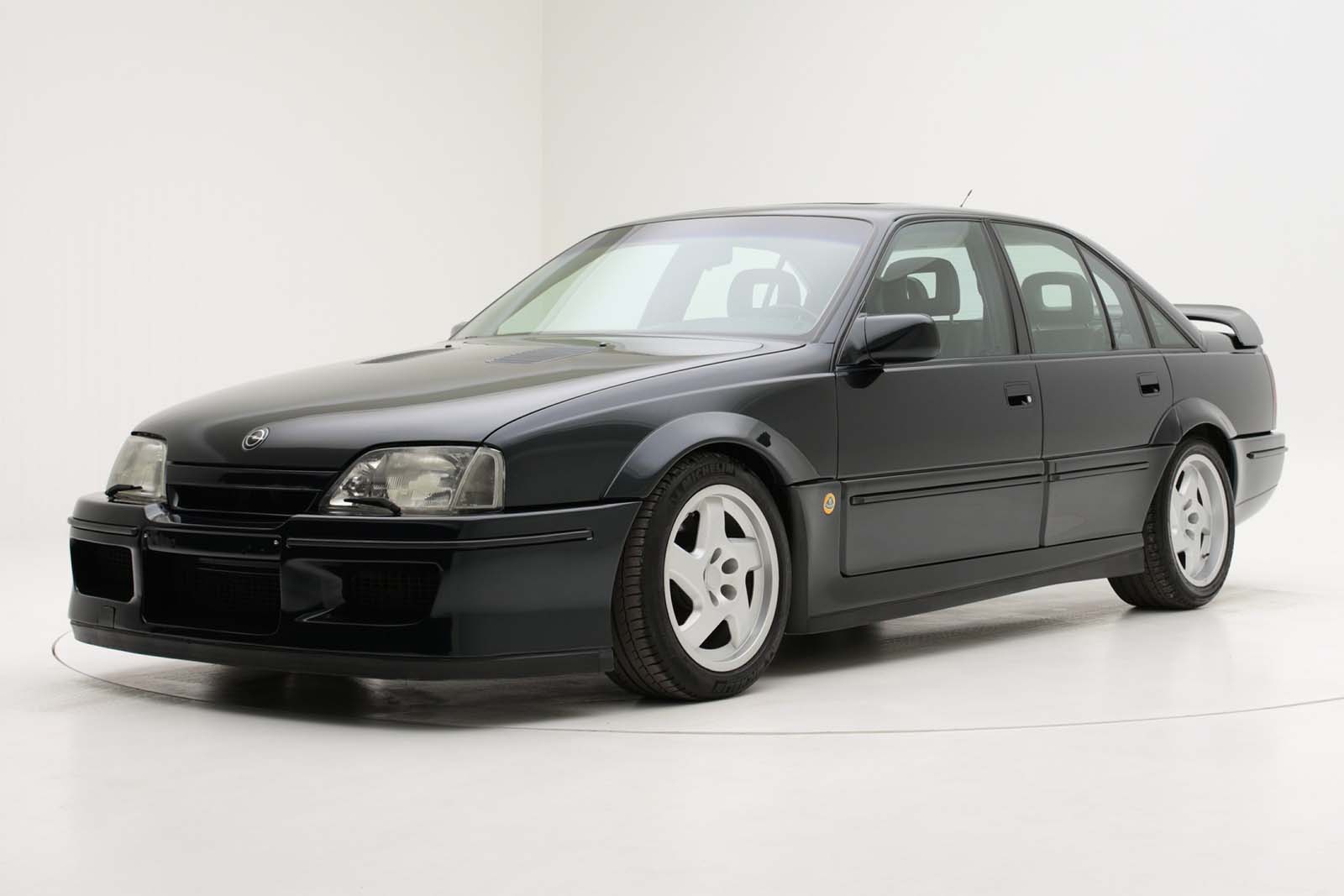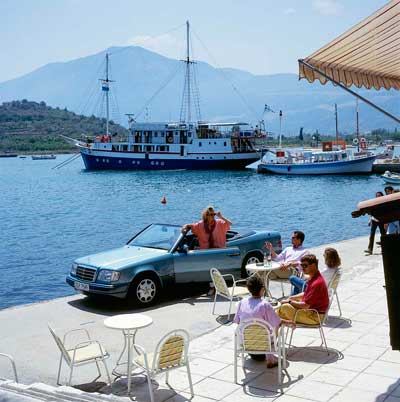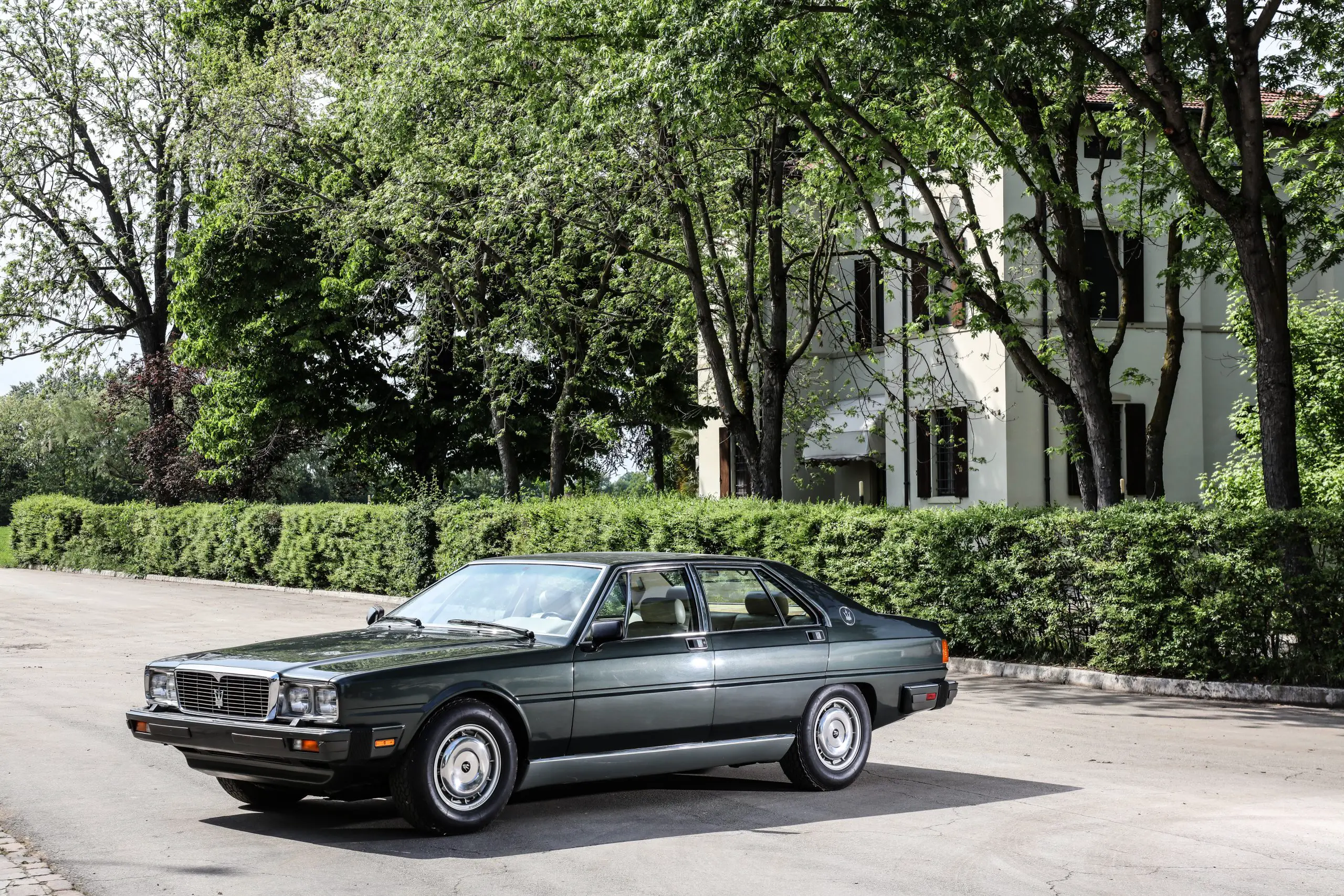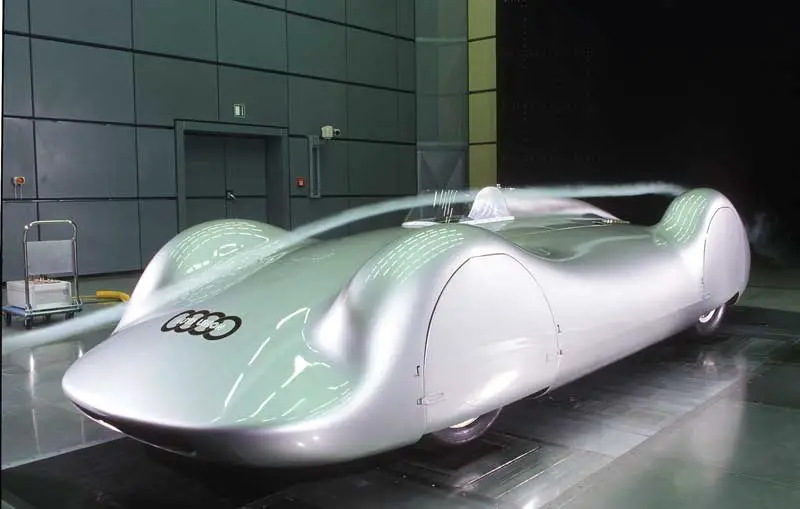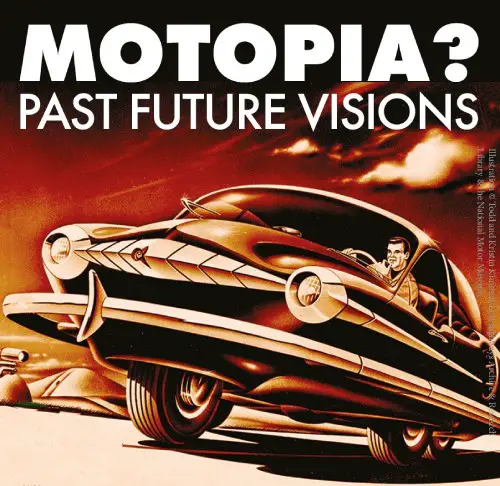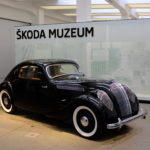
What Brake Fluid Can I Use In My Classic Car Or Motorcycle?
- You can substitute DOT standards of brake fluid, but only upwards to be safe.
- Don’t use Silicone DOT 5 with anti-lock brakes, ABS, or mix it with other types.
- Want the performance of DOT 5 but with a compatible fluid, have you thought about DOT 5.1?
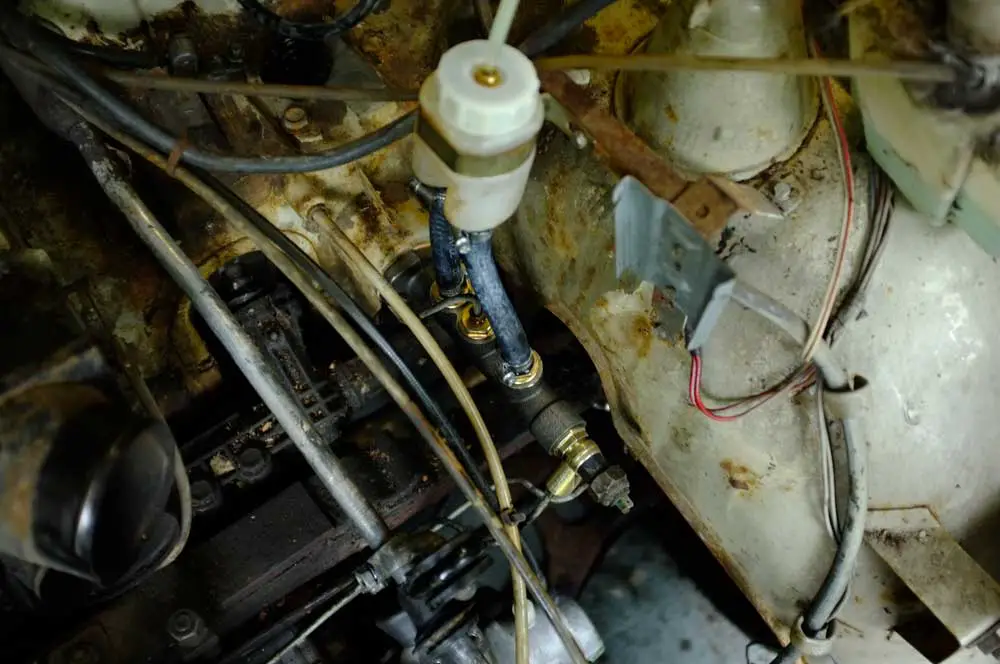
Want to know what brake fluid to use in your car or motorcycle, then read on.
Table of Contents
What Is Brake Fluid?
Brake fluid is an essential part of any vehicle. Often known as hydraulic fluid its purpose is to turn the pedal or lever effort into braking power. The way it does this is being pushed through a brake master cylinder down a pipe with a small bore to a brake caliper of brake drum. This set up gives a tremendous amount of pressure to force the brake pads onto the disc, or the shoes out into the drum.
Brake Fluid Boiling Point
Boiling points are classified as dry and wet. Wet refers to a small percentage of moisture, 3.7%, being present. That’s not very much and it can dramatically reduce your braking performance.
Braking generates a lot of heat, inside the brake caliper or wheel cylinders so the boiling point of the brake fluid is important. If it gets too hot it vaporizes and when it becomes a vapour it is then compressible. Once you boil your fluid expect to lose pretty much all of your brakes.
What Brake Fluid Should I use?
There are a few different types of brake fluid, they are commonly known by the U.S Department Of Transport, DOT, classification number. With the exception of one, they are all glycol ether based. This is tried and tested base for hydraulic fluids, with one downside. The fluid is hygroscopic, which means that it can absorb water from the atmosphere. This is why there are recommended service intervals to change brake fluid every two years. This prevents the corrosion inside the brake parts, most commonly inside the caliper of brake cylinders. These are DOT 3, DOT4, DOT4+ Super and DOT5.1.
This moisture absorption can affect braking performance by lowering the boiling point of the fluid. So, if you use your car or motorcycle on track you want to change it regularly.
The other type of Brake fluid, DOT 5 is made from Silicone and is coloured purple, so you won’t accidentally mix them. The silicone based fluid if hydroscopic, which can repel water. However, it is not as simple as just replacing your existing glycol based brake fluid with it as the whole system must be clean of the other type. After restoration it is possible with the renewal of all brake components.
What Are The Different Types Of Brake Fluid?
DOT 4
DOT 4 is a temperature upgrade from DOT3, now 230 degrees Centigrade or 446 Fahrenheit. It’s backwards compatible with DOT3, but all of the flexible parts of the braking system on an older car or motorcycle may not be. The borate compounds used in DOT4 might attack the rubber hoses and you don’t want one of those bursting.
Most vehicles use DOT4, its commonly available, relatively cheap and compatible with most brake systems. It’s the one you are most likely to find when you go shopping.
DOT 5
DOT 5 is the performance enhanced silicone based fluid with a higher boiling point than the lower DOT standards. Not compatible with any of the other DOT fluids it is necessary to have a completely clean system before switching to this. Is it a good idea? Potentially yes, you’re moving to a hydrophobic fluid which repels water, so won’t absorb moisture from the atmosphere.
Another benefit is that it won’t damage paint, so if you happen to spill any when topping up this is the fluid you need. But then a funnel works well and is inexpensive. It has a minimum boiling point of 260 degrees Centigrade or 500 Fahrenheit.
One problem, it doesn’t work with anti-lock brake systems. Silicone has a fundamental problem with aeriation, it can allow air into it, which is a disaster for brakes. Air is compressible and will do so before your brake pads make good contact with your discs. The ABS pump will put air into the fluid very quickly.
With the lack of moisture in the fluid this could be the ideal fluid for your classic. Fresh out of restoration with clean brake pipes and renewed brake cylinder components this makes a lot of sense. Corrosion is a killer of brake components and DOT 5 reduces the risk of that happening. The theory is that you can leave it in much longer too, which works well for little used classics.
It would seem that this is the ideal fluid and in many ways it is. It doesn’t react to other chemicals so is safe in the engine bay, the fact that it won’t damage your paint is a good clue to how inert it is. But there must be a downside. Well, yes there is. The cost can be up to five times as much as any glycol brake fluid.
Another side effect is that silicone is more compressible than the glycol based fluids, it might give you a spongier feeling pedal or lever.
What you can’t do as mentioned above is mix it with any glycol based fluids as they are not compatible with each other. This could lead to total brake failure.
DOT5.1
DOT 5.1 was introduced to give an option to the DOT 5 silicone fluid with a glycol based fluid that provides much of the performance but compatibility with other glycol fluids. The fluid is less than 70% silicone which allows it to be classified as glycol. If it is above that level, it would be DOT 5.
It resolves the anti-lock brake compatibility issue and maintains the high boiling point of the DOT 5 silicone based fluid of 260 degrees Centigrade or 500 Fahrenheit.
DOT 3
DOT 3 was the most common brake fluid available, and it might still come in some new cheaper cars. Although I can’t think of any that do. Up until 2006 or so it was the most commonly used brake fluid in new cars in the U.S. But it seems now the more capable DOT 4 has taken its place. And seeing as it is backwards compatible you can simply replace it. The minimum boiling point for DOT 3 is 205 Centigrade or 401 Fahrenheit.
DOT 2
DOT 2 is castor oil or alcohol based and bears no relation to any of the later standards. This is best avoided unless you cannot use anything else. I can’t think of ever seeing it for sale, but I’ve never needed any.
How Often Should You Change Brake Fluid
The typical recommendation is that brake fluid is changed every two years. This maintains the braking performance and reduces the opportunity for corrosion to build up through moisture. Different manufacturers may have other ideas, usually to make it appear that cars and bikes are cheaper to maintain. This might not be a good long term strategy. Your vehicle handbook should tell you how often and with what fluid.
Can I use Synthetic Brake Fluid?
Yes, both synthetic and mineral based fluids as they are compatible within their defined types. Anything that Says DOT4 can be used and mixed, it’s even got backwards compatibility as described above.
Is Brake Fluid the Same As Power Steering Fluid?
Brake fluid and power steering fluid are both used in hydraulic systems, but they are very different. They are not interchangeable.








